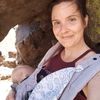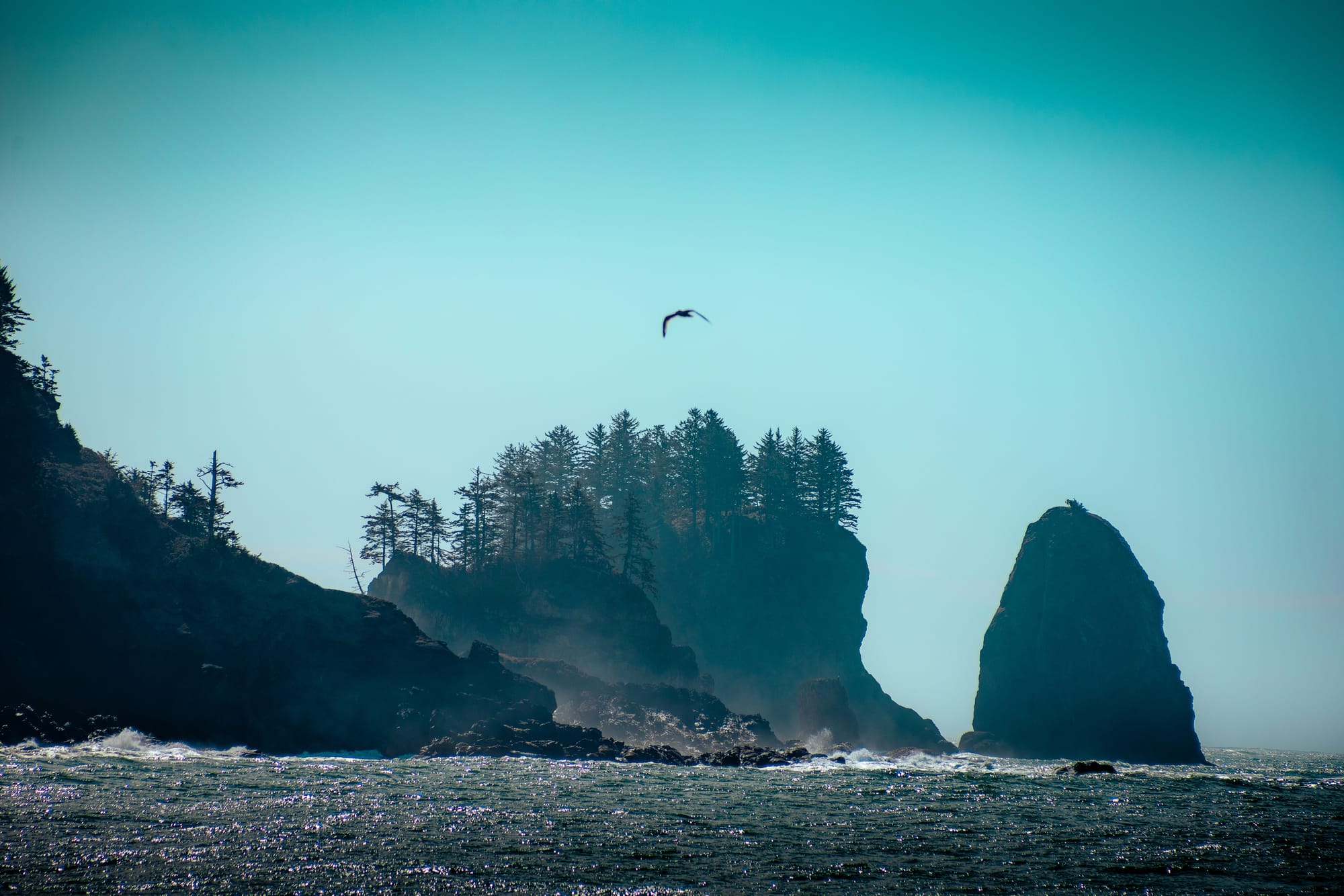La Push / Ray Castaneda
Can you share a bit about your relationship with art?
I believe art is essential — be it images, film, music, poetry, or what have you. I believe it is among those things that make us human. Sometimes all that remains of a lost civilization is its art.
Has creating always been a part of your life?
I can remember being fascinated with drawing pretty early on. It was the part of my schoolwork that delighted me, that allowed for expression of creativity, even before I was aware of it. I discovered I had an interest in cameras and film photography while in high school and continued that for a few years beyond high school. Eventually, film was being phased out and I began to experiment with oil painting sometime after high school as well, before studying fine art in college.
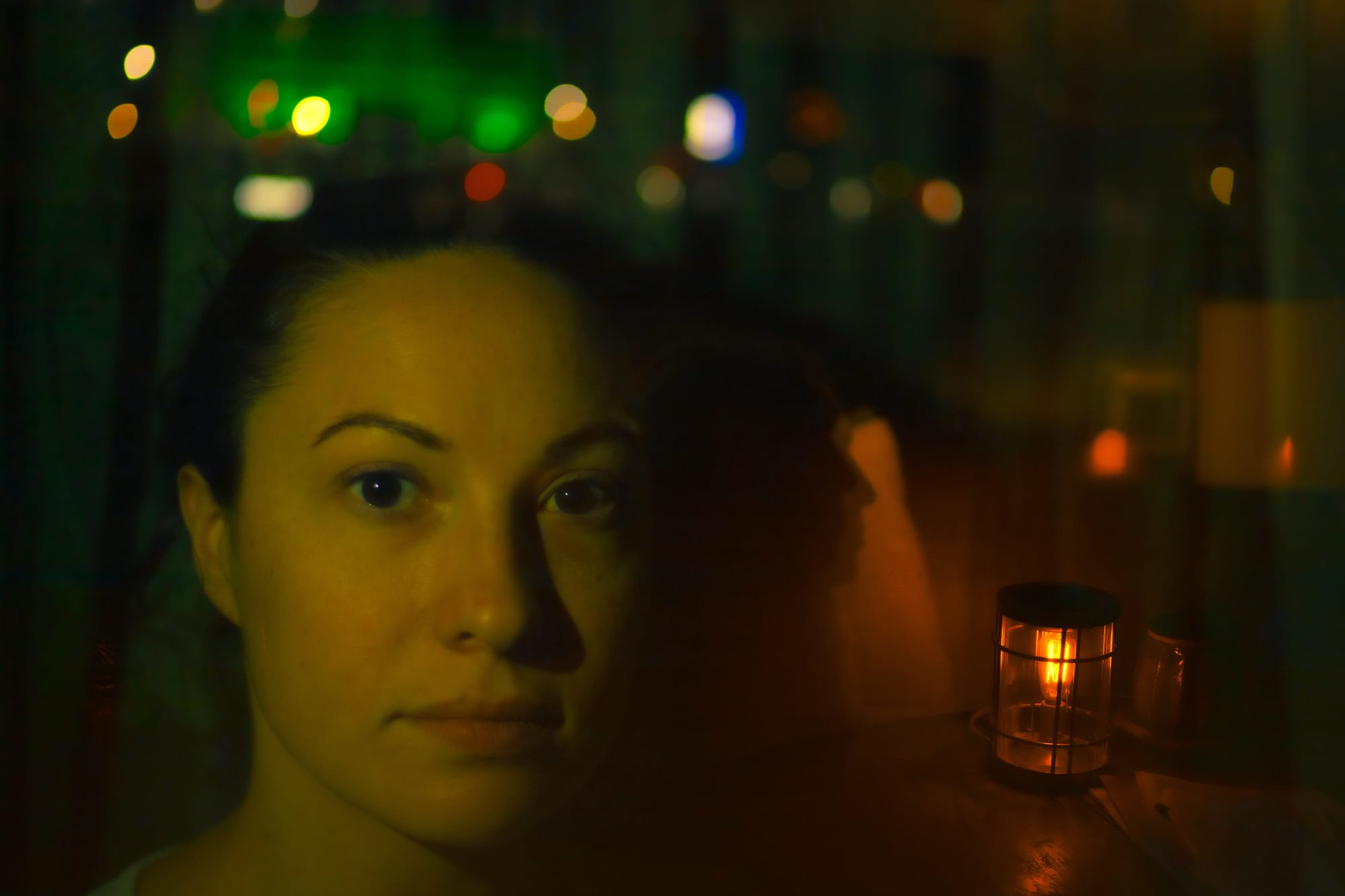
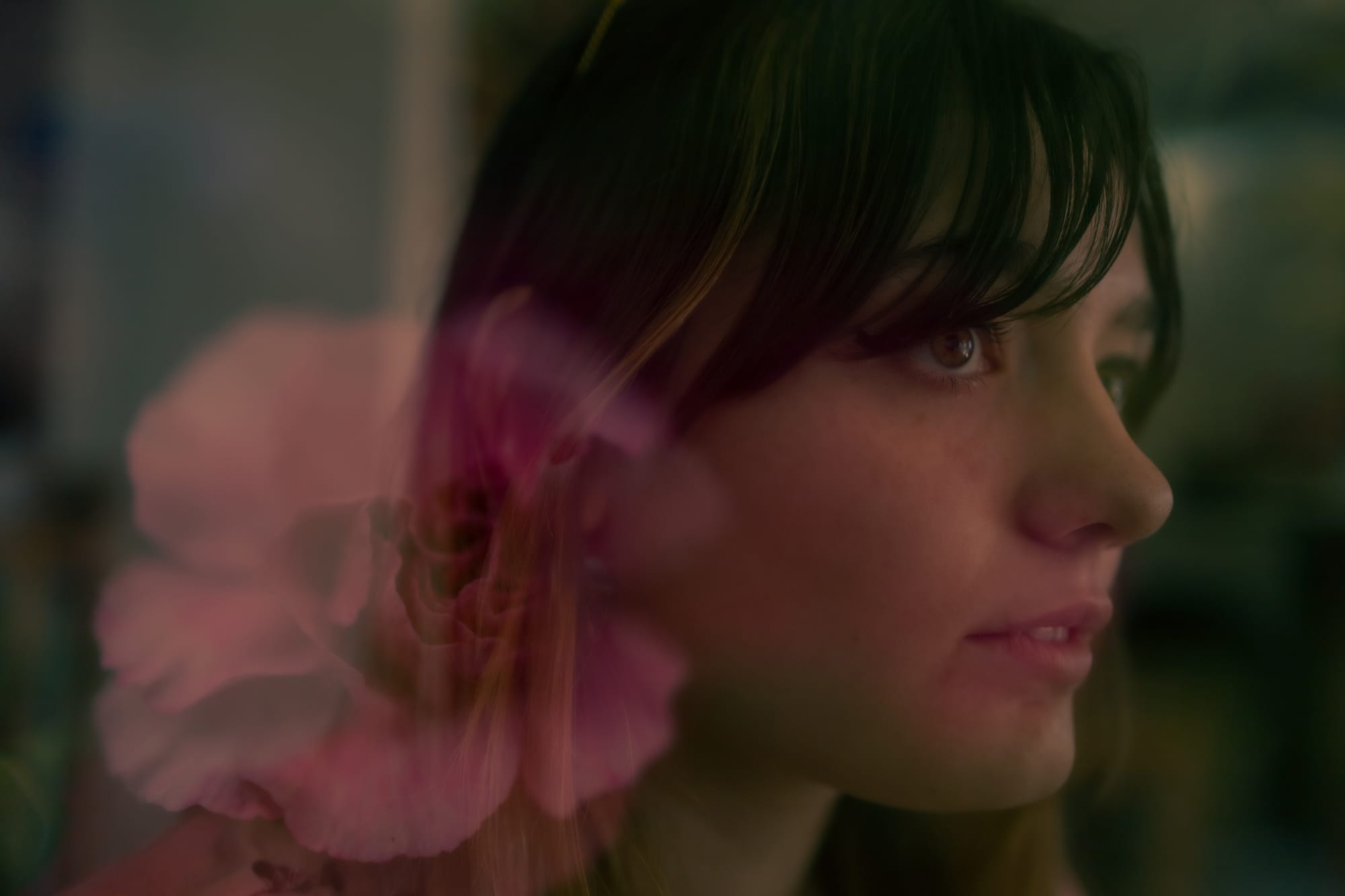
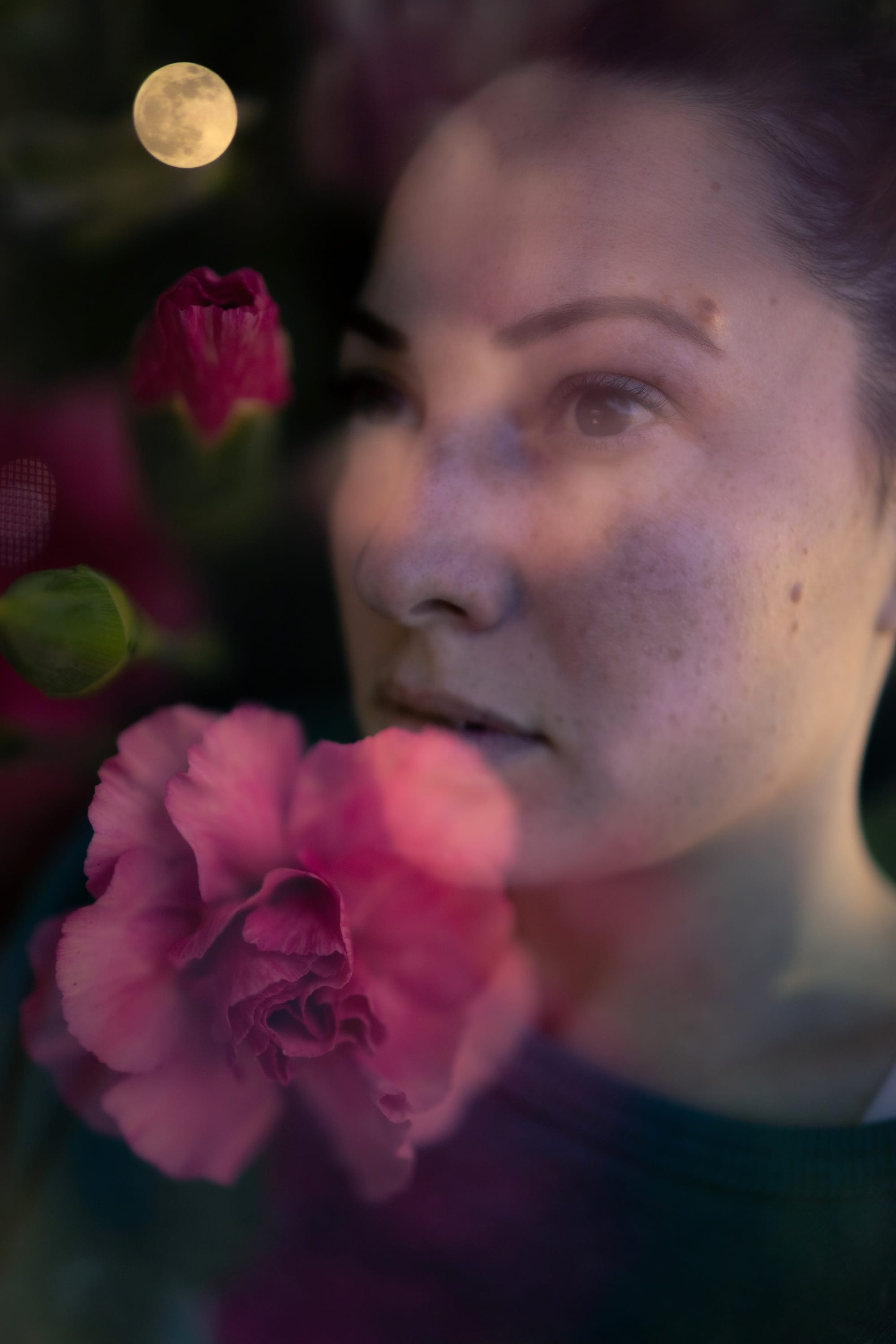
These multiple exposures were created in-camera.
How do you select the subject of your photographs?
It’s typically something that appeals to me aesthetically or makes me feel something. I am drawn to landscapes and cityscapes because of the awe they often inspire in me. The emotional response of paying attention to something, the excitement of its potential as an image, is the motivation to create the work. I like making images of liminal spaces, the beauty of desolate places, anything that’s like a dreamscape. The sea will always fascinate me.
What does it take to create a photograph? Can you share a bit about your process?
The subject dictates most of the process of making the work. People are often the most difficult subjects for me and require the most preparation. For most of the work I do, the journey to the place or subject is an edifying part of the process. It has almost spiritual significance for me. Photography is all about paying attention, and I think paying attention is of crucial importance. I don’t think it's unfair to say that what one pays attention to ultimately dictates one’s reality.
In the last few years, I have begun working with more intention and thought as opposed to just seeing what comes. For me, the work is being done while I am looking through the viewfinder. The thinking, composing, adjusting, correcting — all of these things I prefer to do on the spot, in the camera. The exposure is almost the final act of creating a work.
I don’t really do any heavy editing; I edit in Lightroom almost exclusively, developing my RAW images that way. That’s not to say that this process can’t change, and I don’t have anything against other ways of working. I know some people can do astounding things in Photoshop, I’m just not one of those people.
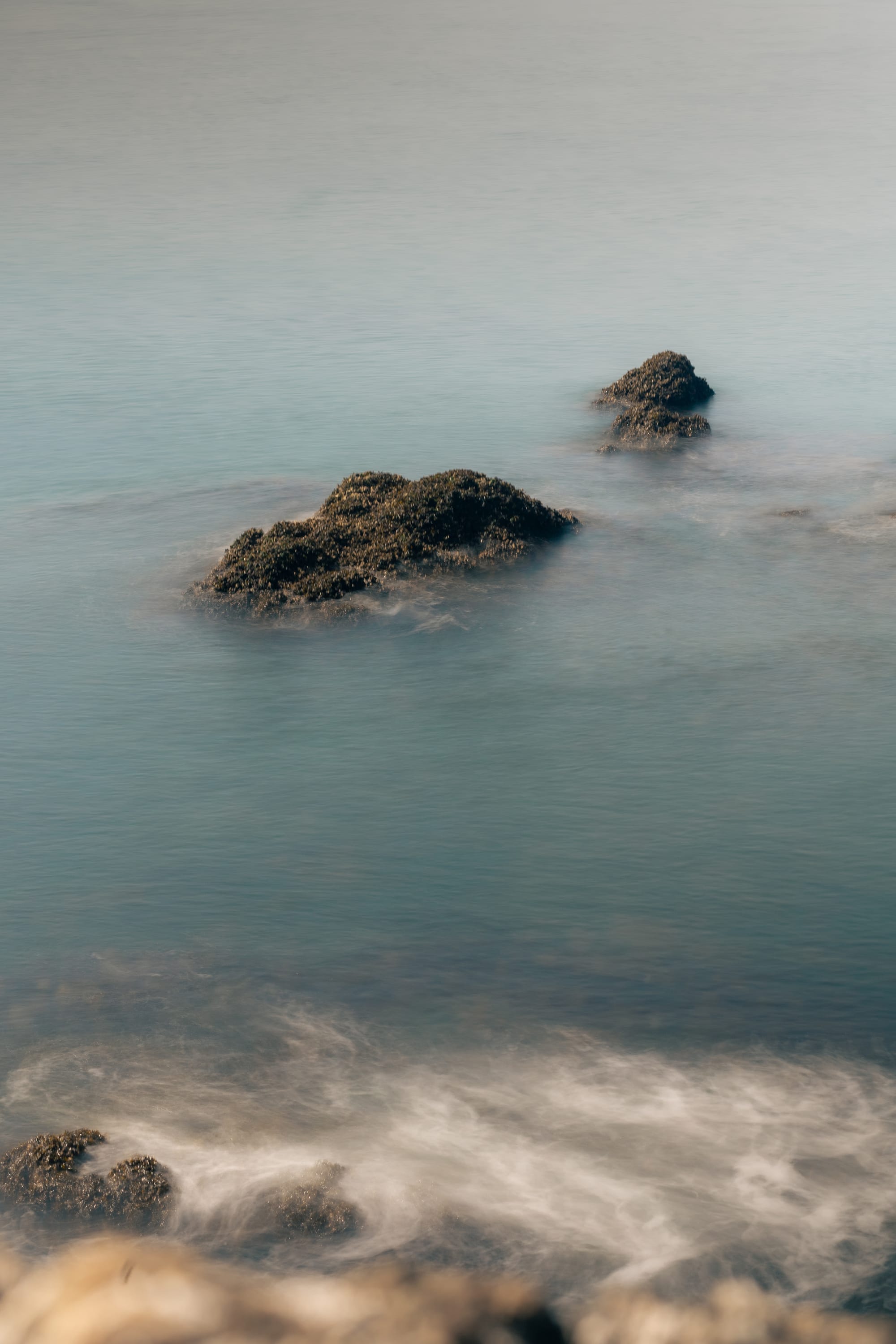
Can you tell us a bit about the show you are currently in at Café con Arte?
The work in this show is about reconnecting and coming back to modes of working that I had not explored since my earliest years of making art. When I first began, I was fascinated with the work of Jasper Johns, Robert Rauschenberg, Richard Diebenkorn, and Julian Schnabel, among many others. The mixed media collages I made for this show were done with oil paint, charcoal, and conté crayon. They’re the type of work I made before choosing to focus on figurative art in school.
One of my high school photography assignments was to shoot a roll of film, being careful to mark the film lead so you could align it again and shoot another set of images over the first set. I was fascinated with this multiple exposure technique and continued to experiment with it throughout my years working with film. With my current digital camera, I discovered a technique of doing the same thing with digital images that allows for many different combined exposures to make one image. The photos I submitted for that show were multiple exposures done with this technique — created in camera, not composited in post.
What themes are recurrent in your work? What do you hope your audience will take away from their interaction with your work?
A good portion of my images are vast expanses, often empty. I’m a fan of sparse visual language. I think what draws people to some of these scenes — such as big perspectives on natural beauty — is encoded into our DNA. We evolved to study scenes like this, looking for what could be valuable, nourishing, or offer protection from potential dangers in the environment. Our brains recognize certain features, patterns, and elements on a fundamental level, subconsciously noting what is distinctive. These are skills our survival depended on.
I like finding lines that I can use to lead out of the frame, suggesting there is more there to explore, more to learn. I would hope my work makes people feel something, but the audience isn’t a primary consideration. My work may resonate with some and leave others unimpressed. That will always be so.
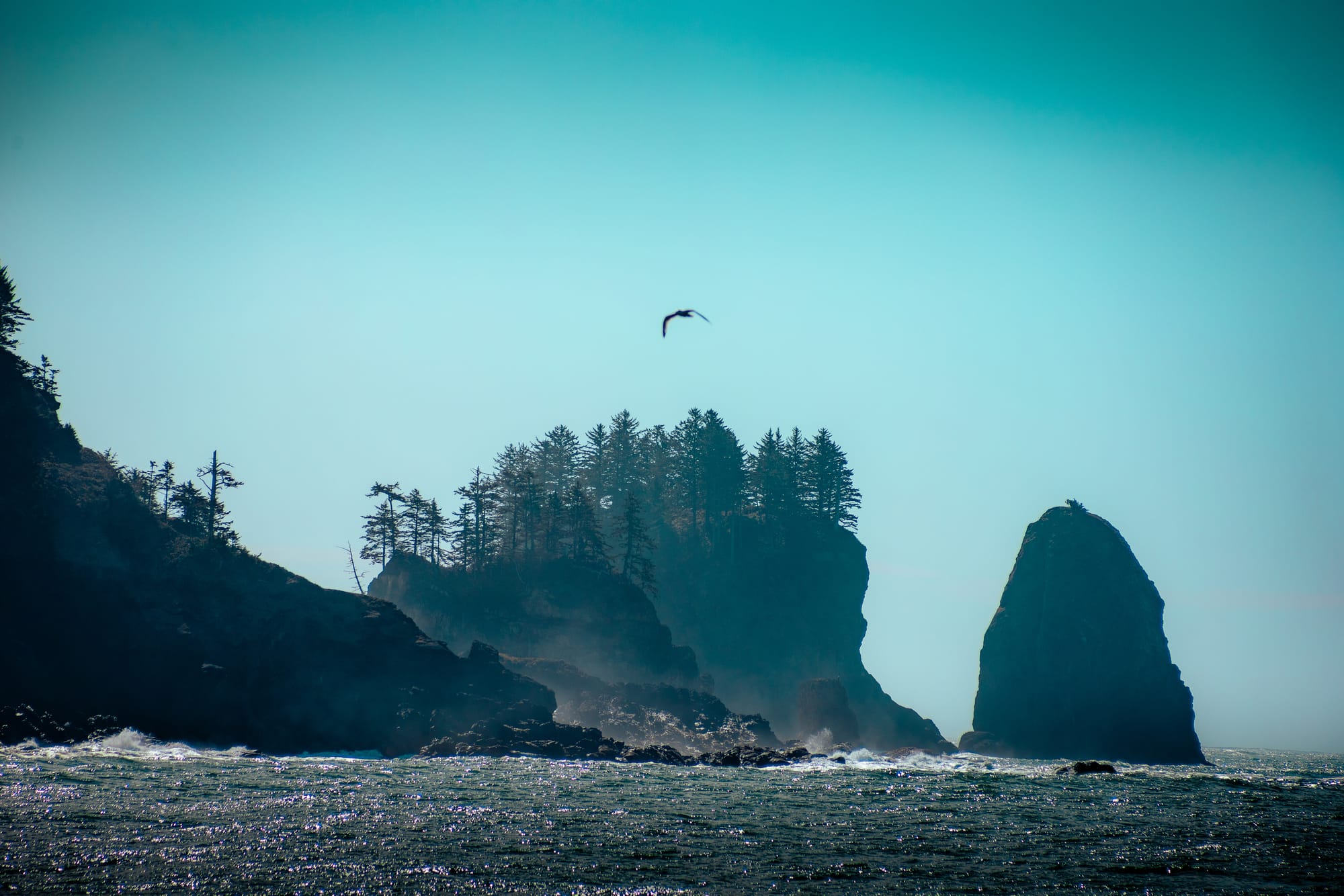
What do you find to be the most challenging aspect of being an artist?
I think, for me, the most challenging aspect should always be the work. That’s where I want to challenge myself. All other concerns, commercial or otherwise come last. I try to make the work that appeals to me and leave the value judgments to other people.
How can the community better support artists?
If there is an artist you admire, reach out to them. If they accept commissions, they will likely greatly appreciate your patronage. I think the thing that might be best for the artist community is to grow it. Become one yourself.
What does community mean to you as an artist?
I am very grateful for my creative community. The friends I collaborate with are artists I admire, and their encouragement means a great deal to me. I am grateful and flattered to be invited to be a part of their shows or projects. The work I submitted to the Transcendental Dreams show at Café con Arte was the result of a friend encouraging me to come back to that sort of work. Artists can influence, mentor, and support each other in a way that others can’t.
What would you say to someone who is just starting in their artistic journey?
Pursue everything that interests you. Don’t limit yourself or try to specialize if you don’t want to. I think that kind of advice is often meant well but comes from a place of a desire for engagement or commercial success. The best work often happens when those types of concerns are completely overlooked. Make work first and think about it later. Read a lot; read everything.
What other local artists do you think we should know about?
We are blessed with an art community that is pretty robust compared to what I grew up with. Please, please check out the work of Joel Nunn Sparks, Madison Rosenbaum, Ashleigh Rogers, Heidi Elkington, H.R. Emi, Davin Diaz, Jessica Frost, Heather Willoughby, Melanie Thompson, Heather Belts, and anyone they recommend. Most of these artists regularly exhibit work in the Tri-Cities.
Who are your favorite artists or biggest influences of your work?
There are so many artists I admire, some for their work and some for their way of working — their philosophy. I have always been a fan of Helmut Newton’s photography, but I was recently inspired by learning about his process for shooting portraits, which involved doing a lot of preparation for only one or two exposures and getting the result he wanted. I think the same thing can be applied to nature and landscape.
How can we see more of your work, where can people go to purchase your work?
If you are interested in something I’ve done, you can reach out to me directly, by email: fenderman1984@gmail.com or on Instagram: @fenderman1984 or @raycastinsta.
Reach out the same way if you’d like to work on something together.
Ashleigh Rogers is an artist, art instructor, and facilitator in Tri-Cities, Washington. Her work explores the themes of connection and intergenerational stories through experimentation in painting, photography, installation, and sculpture. Ashleigh is passionately dedicated to facilitating accessible arts programming in her community.
Find her on Facebook: fb.com/AshleighRogersArt or Instagram: ashleigh.a.rogers
